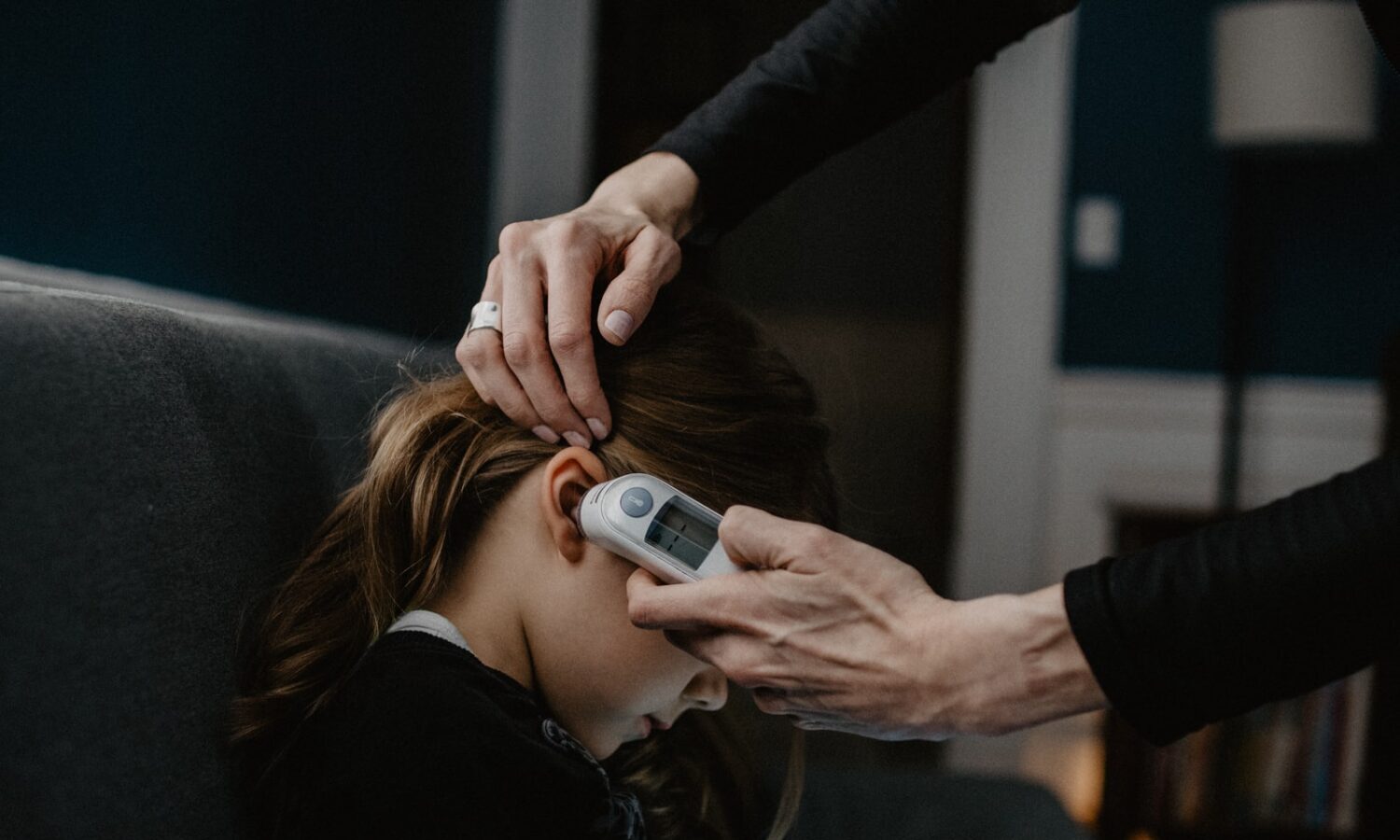
What is monkeypox and why is everyone talking about it?
If you’ve been online lately, you’ve probably seen some discussions about monkeypox, a rare viral disease that’s alarming people around the world again.
But what exactly is it and why is it affecting more people than it used to?
Monkeypox was first sighted in Africa in the 1970s. It’s an infection that’s transmitted from animals to humans, but it can also be transmitted from person to person “through the exchange of large respiratory droplets during prolonged face-to-face contact,” according to NBC News. “People can also be exposed through direct contact with bodily fluids, the lesions that form during an infection, or contaminated items such as clothing or bedding.”
Although rare, the virus has so far been detected in 11 countries including the US, UK, Canada, Spain, Portugal and Australia, suggesting that something may have changed in its genetic makeup and made it more transmissible to humans .
Photo by Polina Tankilevitch via Pexels
RELATED: How Often Can You Get COVID-19? Here’s what experts know
The virus is similar to smallpox, causing bumpy rashes that affect different parts of the body, usually starting with the face. Monkeypox usually affects people for a week or two, with up to 10% of people dying from it. According to new figures reported from the UK, the tribe there now has a 1% mortality rate.
When it comes to why it’s spreading now, experts don’t have enough information to say for sure, but there are a few theories. Gizmodo reports that the virus could have evolved and made it transmissible to humans, that another animal could have interfered and facilitated transmission, or that its spread is linked to smallpox and the fact that we got it a few years ago thanks to a global mass vaccination program eradicated in the 1980s. Over time, our collective immunity has changed, perhaps making a virus like monkeypox, which belongs to the same family as smallpox, more contagious to humans.
“This ‘declining immunity’ is less due to waning immunity at the individual level and more to do with people dying with immunity and people being born without immunity and then not remaining immune,” said Jo Walker, an infectious disease expert.
RELATED: Long COVID numbers are rising — Here’s how to know if you have it
The first symptoms of monkeypox are typically flu-like, including fever, headache, chills, muscle weakness, etc. This is followed by swollen lymph nodes and a rash that affects the face and body, which is painful and fluid-filled. The disease can be acquired through close contact with an infected person, including contact with wounds and lesions, infected clothing and bedding, or prolonged personal contact.
There are no drugs to treat monkeypox, but doctors can treat the symptoms. And while there is a vaccine, it is not available everywhere. According to the Centers for Disease Control, “In the event of another outbreak of monkeypox in the United States, the CDC will establish guidelines explaining who should be vaccinated.”

Post a comment: